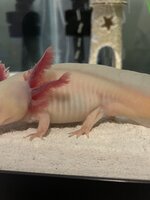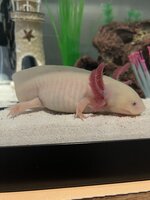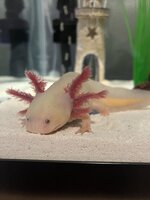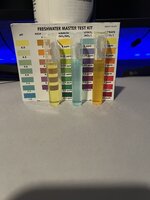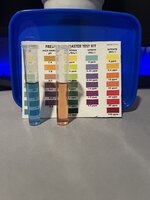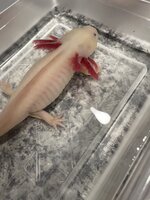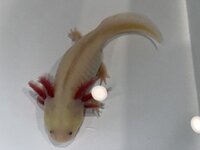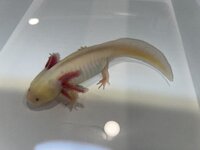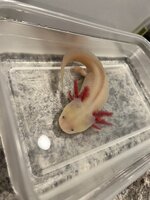proberge
Member
Hey Everyone,
My 7-inch GFP is starting to develop red dots all over its body but mostly on its legs. I have done a water change two days ago but I will try to test my parameters once I get some free time. The tank is a 40 gal and has been cycled before adding the axolotl in. Nothing seems off still very active and very eager to eat. I am not sure what could be the cause of this if anyone has had this happen before.
My 7-inch GFP is starting to develop red dots all over its body but mostly on its legs. I have done a water change two days ago but I will try to test my parameters once I get some free time. The tank is a 40 gal and has been cycled before adding the axolotl in. Nothing seems off still very active and very eager to eat. I am not sure what could be the cause of this if anyone has had this happen before.

